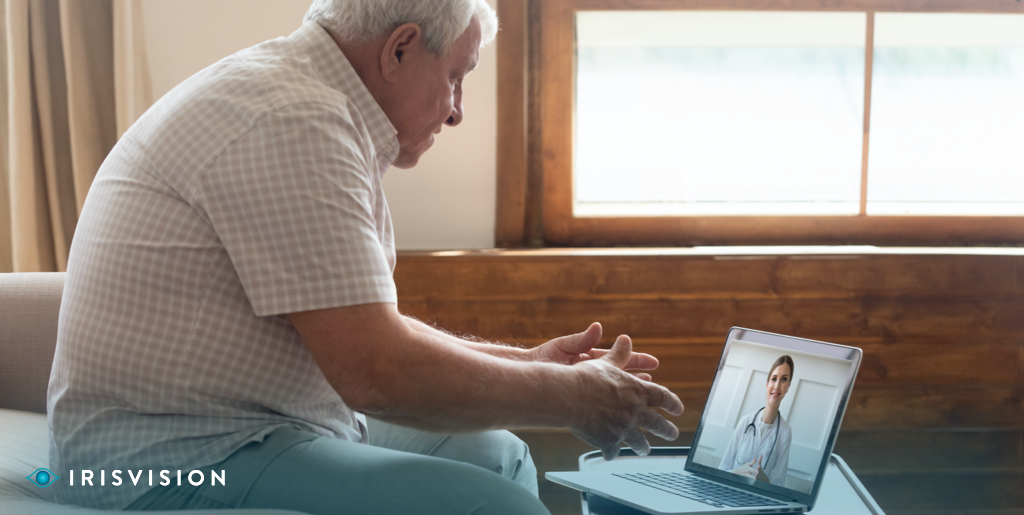In recent times you must have come across the term remote patient monitoring? But what does it do and how does it continue to shape the healthcare industry for the better, making it more efficient and more accessible.
This term can be defined as an innovative healthcare delivery method that leverages technology to monitor the health of patients who are unable to access the traditional healthcare facilities or make in person appointments.
This has certainly benefitted patients as well as service providers by helping them to connect using electronic transmission of information.
As indicated by Deloitte in one of their recent articles: “Much before the COVID-19 pandemic, 88 percent of healthcare providers had already shifted and invested in remote patient monitoring (RPM) or had started planning to do so”.
Much like the videoconferencing tools that allow you to connect with your family and friends via smartphones and other digital devices – remote patient monitoring in the same manner helps patients connect with clinicians or physicians, improving access, delivery of medical care and the outcome of the results.
How Does Remote Patient Monitoring Work?
Information and communications technology have a huge role in bringing about direct and increased access for healthcare in many parts of the Globe. It simply leverages contemporary digital technology to facilitate communications between patients and service providers.
The technology empowers the patients to monitor themselves and collect data concerning their medical conditions using various tools and then electronically transmitting the data once secured to their service provider or healthcare professional.
This process also enables sensitive information in critical or emergency cases to be shared and monitored remotely throughout the day such as in the case of heart patients or during pregnancy where physiological data i.e. heart rate, blood pressure, oxygen saturation need to be shared instantly.
At the same time, the service providers and healthcare professionals are monitoring the data and making recommendations based on them, at the hospitals, intensive care units, and other healthcare facilities.
The technology enables the service providers to remotely monitor and effectively implement necessary treatment protocol, with constant feedback and immediate alerts to make a further decision whether to alter prescriptions or recommend visiting the closest ER.
The same can be applied for post-operative care when patients need constant monitoring – which through the use of technology can be done remotely using RPM devices that enable providers to continue monitoring and treatment.

5 Types of Innovative Remote Patient Monitoring Solutions
Now that we’ve discussed what remote patient monitoring is, how it works, let’s look at the 5 types of remote patient monitoring technologies and innovative solutions that are either available or prototypes advancing into further stages of development:






